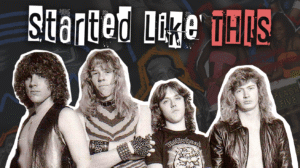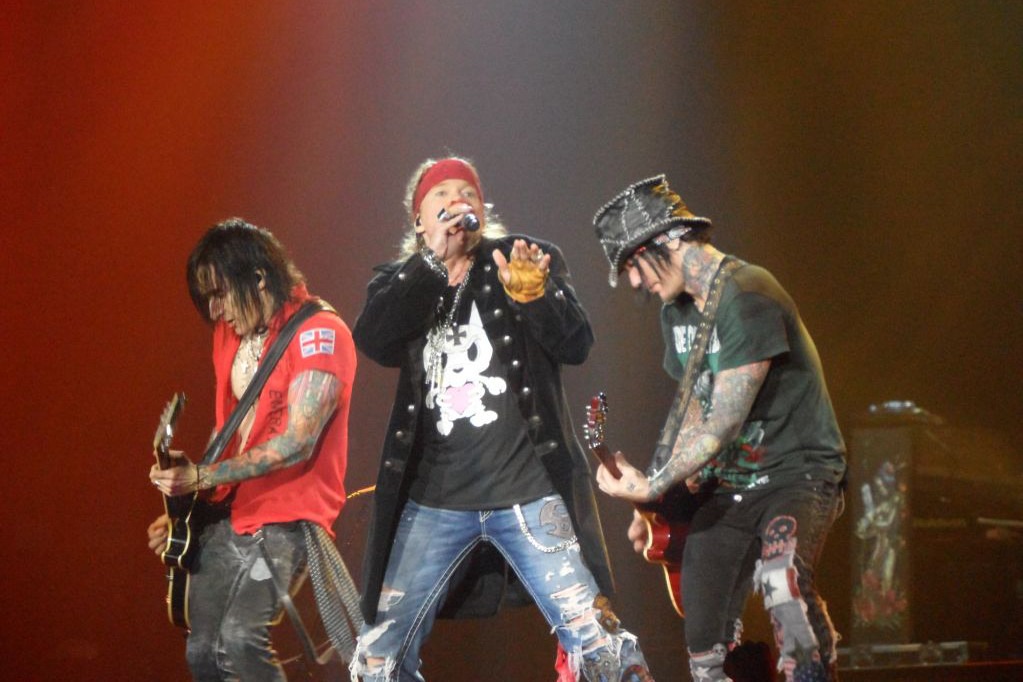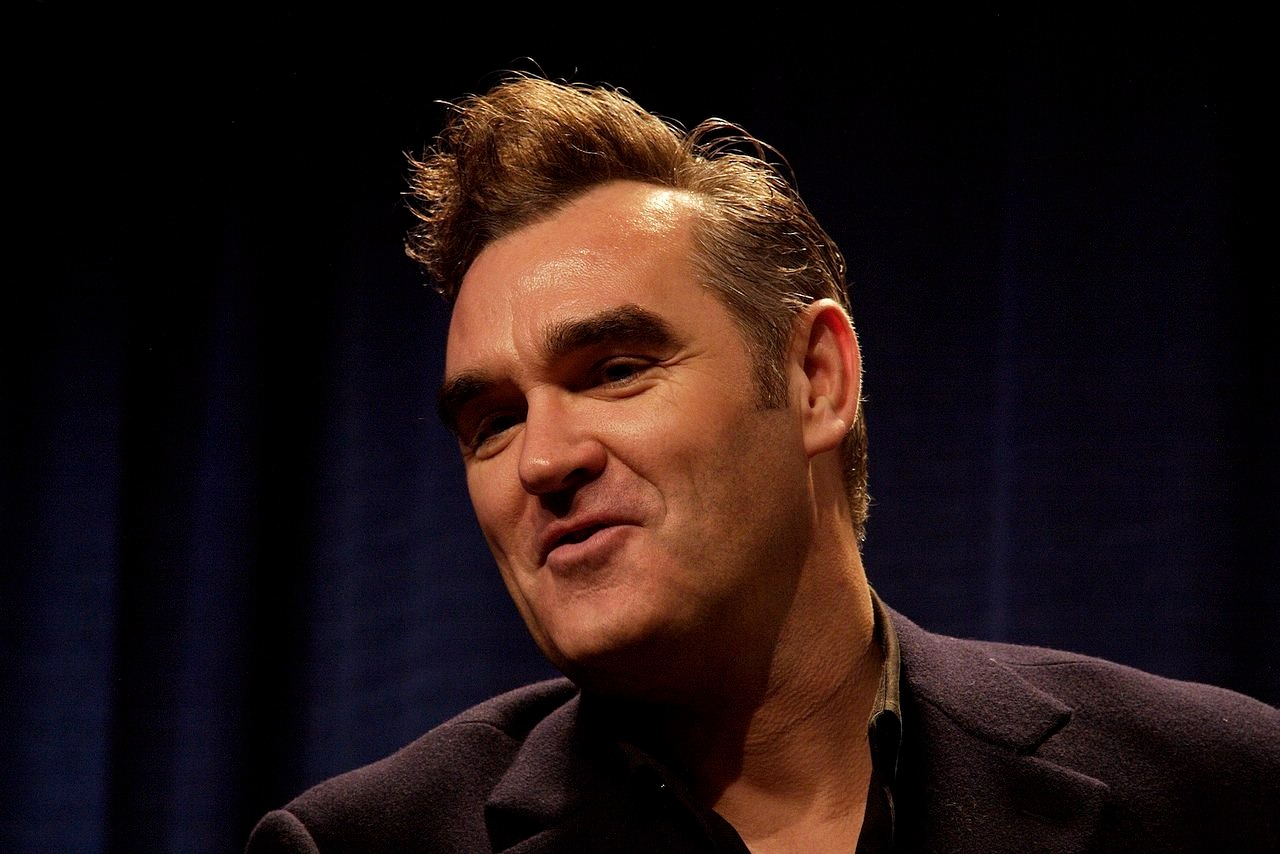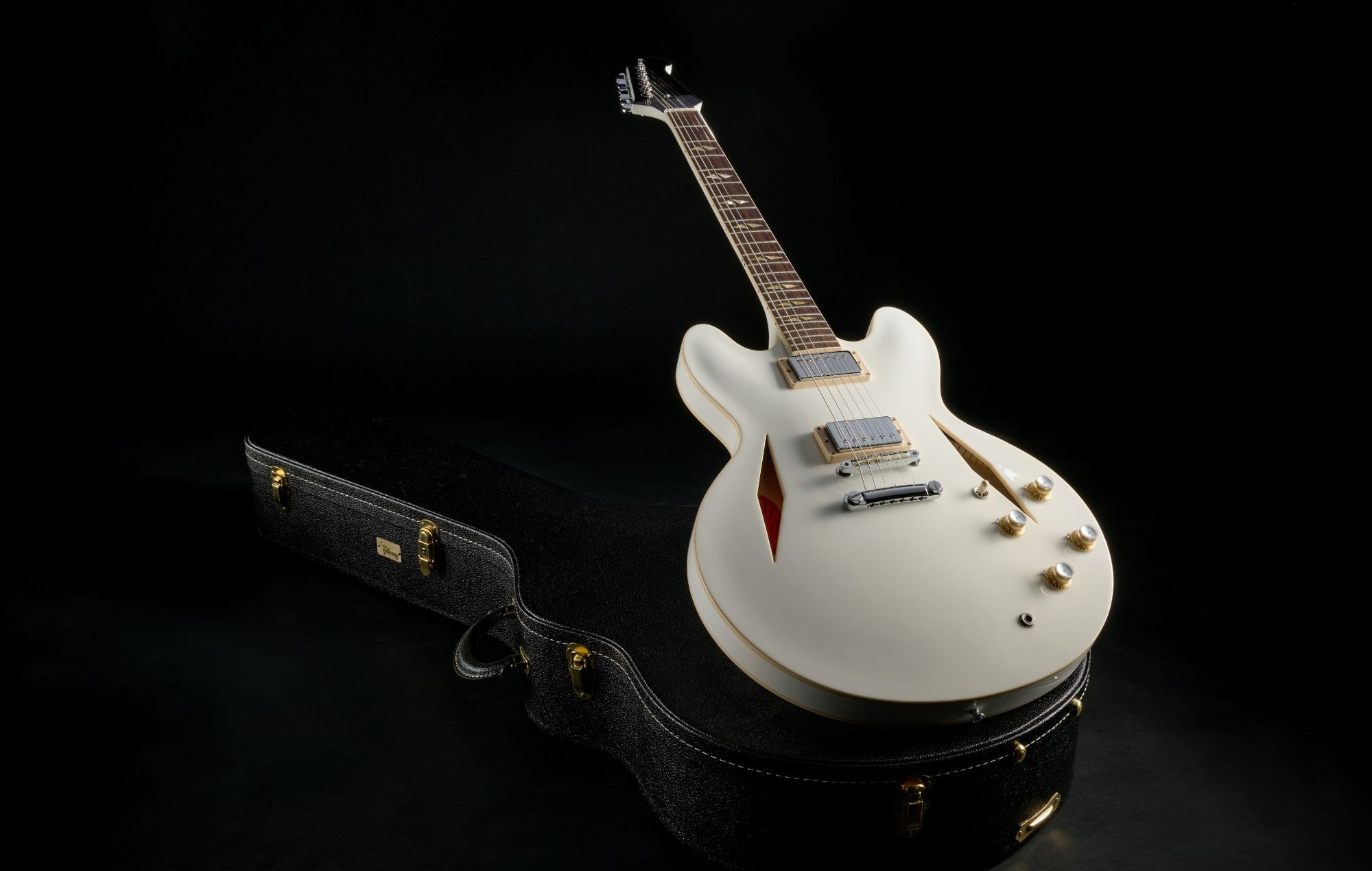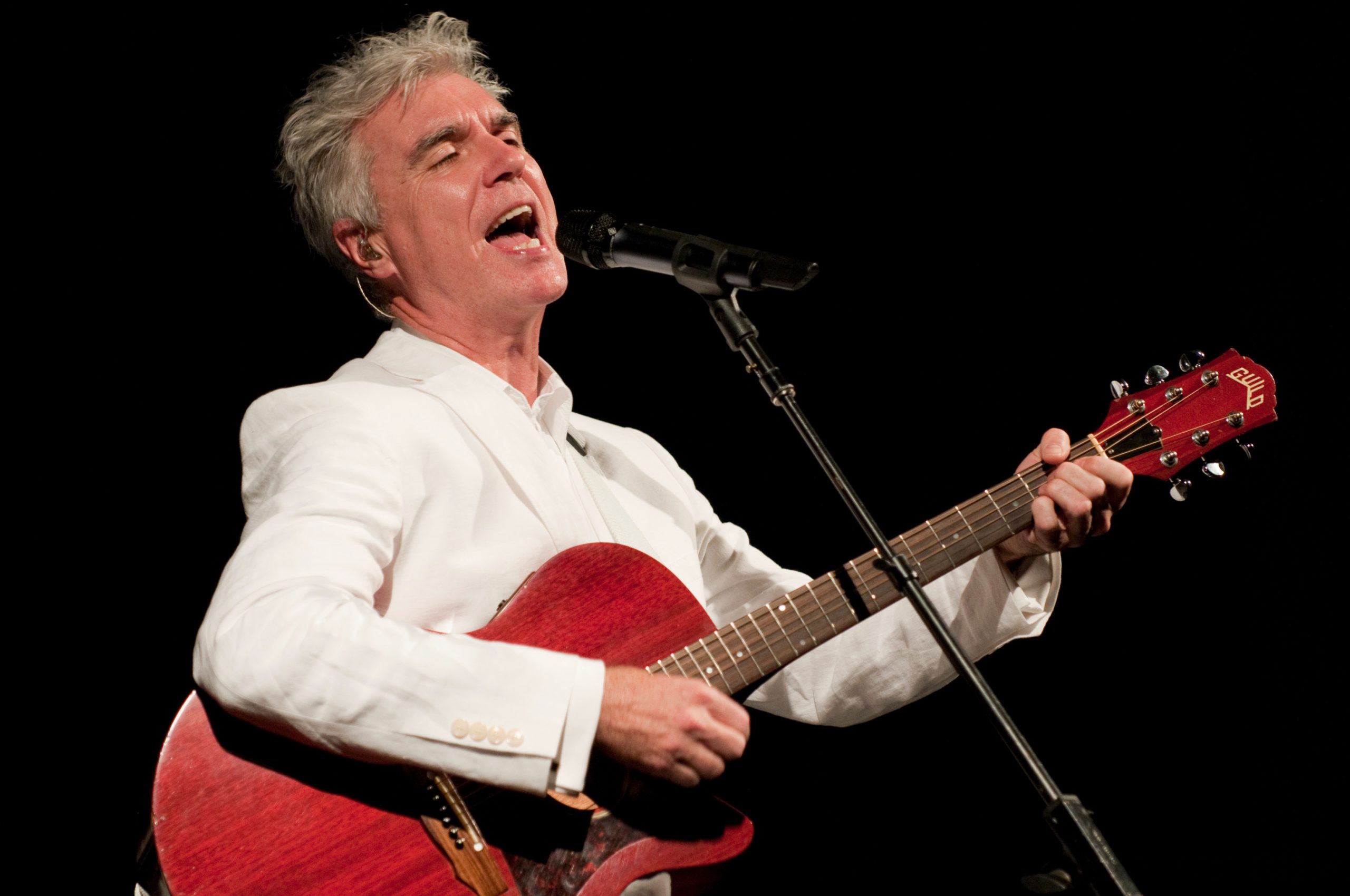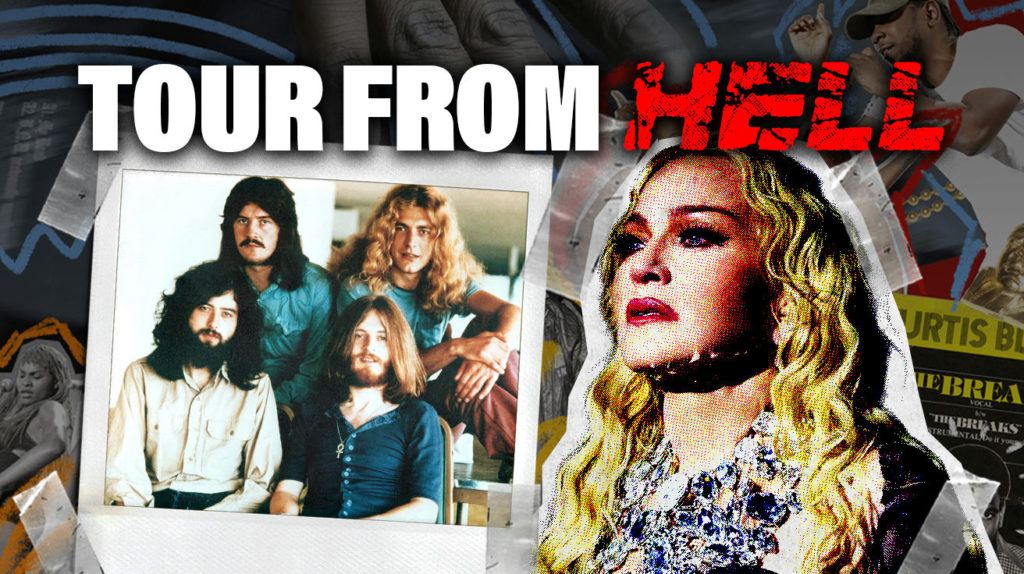
Behind every platinum record lurks a hotel bill that could fund a small country. While glossy magazines showcase pitch-perfect performances, the real story unfolds in trashed greenrooms and destroyed bathrooms. Tour life isn’t just about hitting the right notes – it’s a psychological experiment that turns normal humans into creatures who think throwing TVs from balconies is Tuesday night entertainment.
Ready for the music industry’s dirtiest secrets? These aren’t just party animals who occasionally broke stuff. These are the certified legends of chaos who made venue owners develop facial tics at the mere mention of their names. Their managers needed lawyers on speed dial and relationships with hotel chains sturdy enough to withstand actual chainsaw incidents.
20. Pearl Jam: Roskilde Transformation
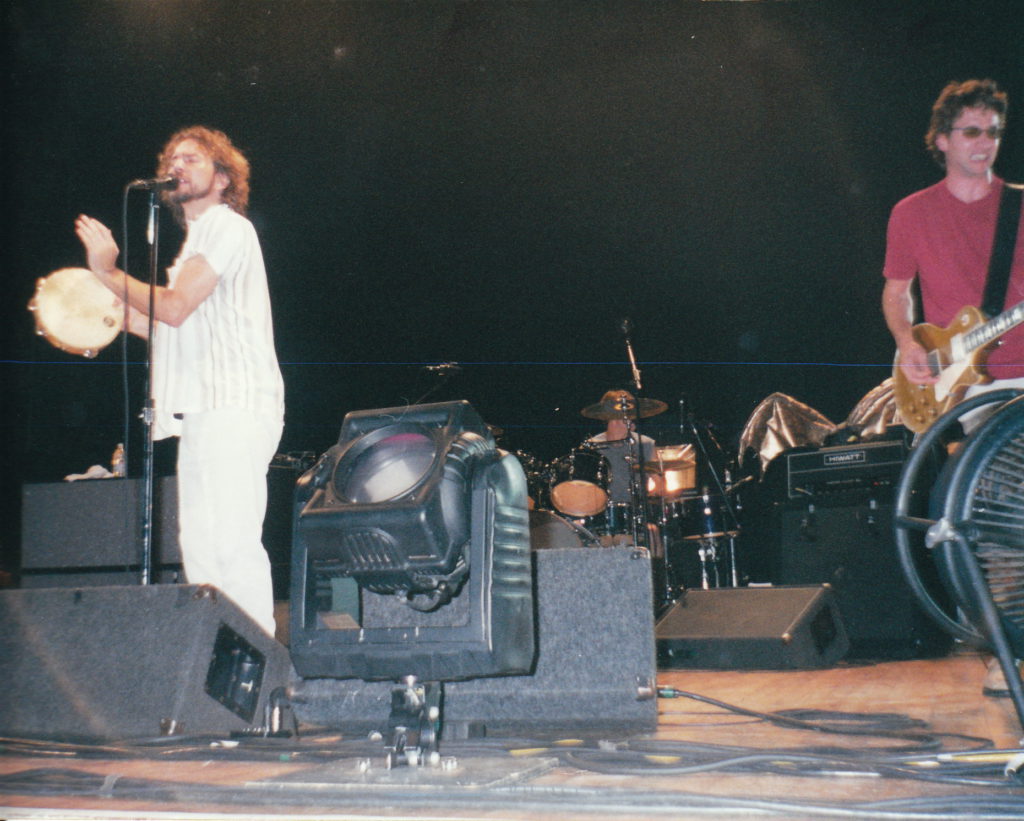
The official Roskilde Festival report and extensive contemporaneous news coverage documented the tragedy that occurred during Pearl Jam’s June 30, 2000 performance in Denmark. Nine fans died when crowd dynamics spiraled out of control—eight at the scene with a ninth victim succumbing to injuries in the hospital the following day.
Prior to this devastating incident, the band embraced typical rock show conventions including mosh pits and crowd surfing. Many interviews and subsequent tour documentation confirm that following the tragedy, Eddie Vedder and bandmates completely reinvented their approach to performance safety, implementing strict crowd monitoring protocols and refusing to play venues with inadequate crowd management infrastructure.
The Roskilde Festival tragedy remains a stark reminder of the dangers inherent in large-scale concerts, standing among the worst disasters at music festivals.
19. Kid Rock: A Storm of Controversy

Court documents and Associated Press reporting from 2006 verify Kid Rock was ordered to pay a $35,000 settlement following an altercation outside a Hollywood nightclub. The 2007 Waffle House incident in Atlanta was similarly chronicled in the Atlanta Journal-Constitution, resulting in a $40,000 settlement after another physical confrontation.
These verified legal settlements totaling $75,000 represented significant financial consequences for behavior that venue insurers began specifically addressing in their contracts. Industry publications substantiate that several major venues implemented “problem artist” surcharges specifically targeting performers with histories of property damage or altercations, creating financial disincentives for booking artists whose behavior posed elevated risks.
18. Afroman: An Onstage Clash
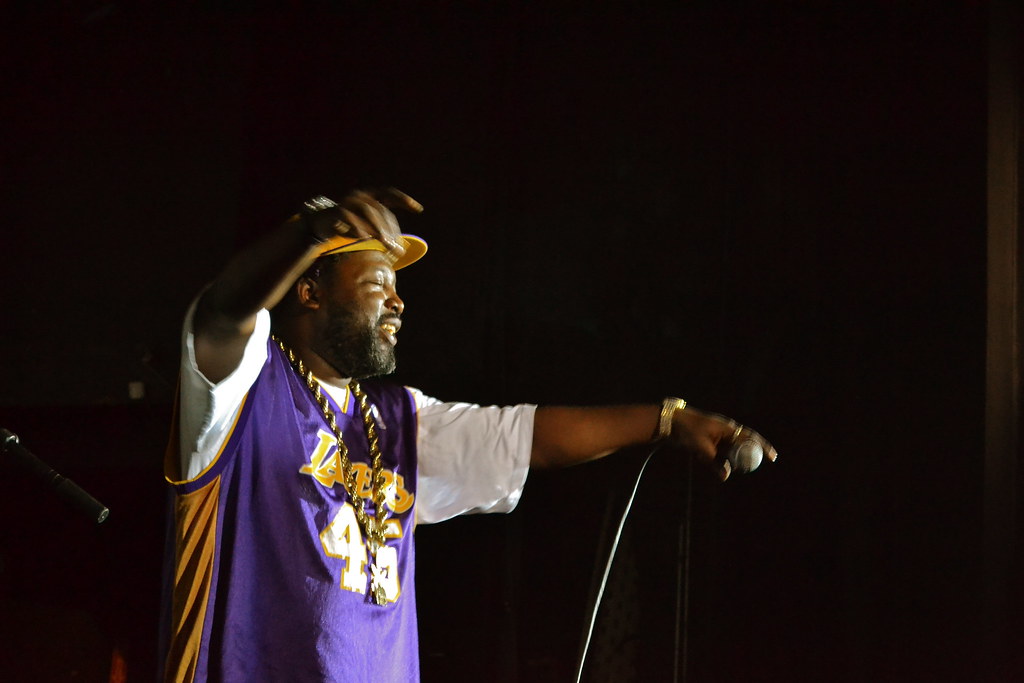
The Biloxi Sun Herald and subsequent court documents showed how rapper Afroman (Joseph Foreman) violently struck a female fan who appeared on stage during his February 2015 performance in Biloxi, Mississippi. Security camera footage attested that the punch sent the woman sprawling and led to Afroman’s immediate arrest.
Court records confirm he subsequently entered guilty pleas and was ordered to complete anger management classes alongside a financial settlement with the victim. The incident stands as a case of career self-sabotage, with ticket sales and booking opportunities diminishing significantly following the assault. Various venue operators implemented enhanced security protocols for his subsequent performances, focusing on stage barrier enforcement rather than traditional artist amenities.
17. Van Halen: High Energy, High Tension
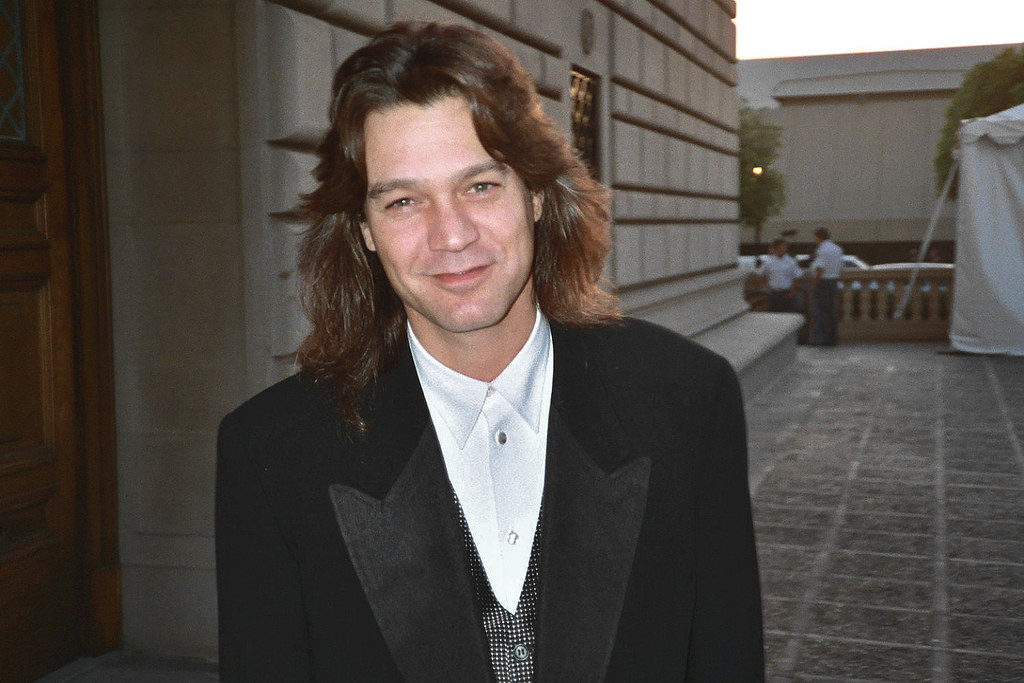
The infamous brown M&M rider clause has been attested through the publication of Van Halen II tour documents, authenticating that the band required venues to remove all brown candies from backstage areas. Rather than simple prima donna behavior, band members later explained this served as a test of venue attention to detail regarding technical and safety specifications.
The band’s hotel destruction antics, including televisions thrown from windows during their 1978 tour, are displayed in “Runnin’ with the Devil” and other authorized band histories. These accounts consistently describe the volatile relationship between Eddie Van Halen and David Lee Roth, including incidents where Roth challenged audience members to physical confrontations during performances.
16. Metallica: Insured for Destruction

Rider excerpts published in Rolling Stone and promoter briefing documents verify Metallica’s extensive touring requirements, including their industry-leading $5 million insurance policy requirements per performance. These documents validate the technical specifications for seven buses, fourteen tractor-trailers, and specialized backstage area designations.
Industry publications report that the band’s security contingent typically includes approximately sixty personnel, while catering must accommodate over one hundred crew members at each venue. These extraordinary requirements reflect both the scale of their production and the lessons learned from decades of touring at the highest levels of the music industry, creating operational templates followed by numerous other major touring acts.
15. Britney Spears: Freedom and Responsibility

The 2007 Chateau Marmont incident, where Britney Spears was asked to leave following disruptive behavior involving food in the hotel restaurant, was extensively covered by TMZ and Rolling Stone. Quite a few eyewitness accounts and hotel statements corroborate the basic outline of events during a particularly tumultuous period in the performer’s life.
While accounts of specific “smoking policy violations” at the Four Seasons remain primarily anecdotal according to hotel industry blogs, the pattern of behavioral issues during her early 2000s touring appeared consistent across a bunch of venues. Several former hotel employees later characterized these incidents not as entitlement but as manifestations of mental health struggles, providing a more nuanced perspective on behavior initially framed as simple celebrity excess.
14. GG Allin: Punk Antics
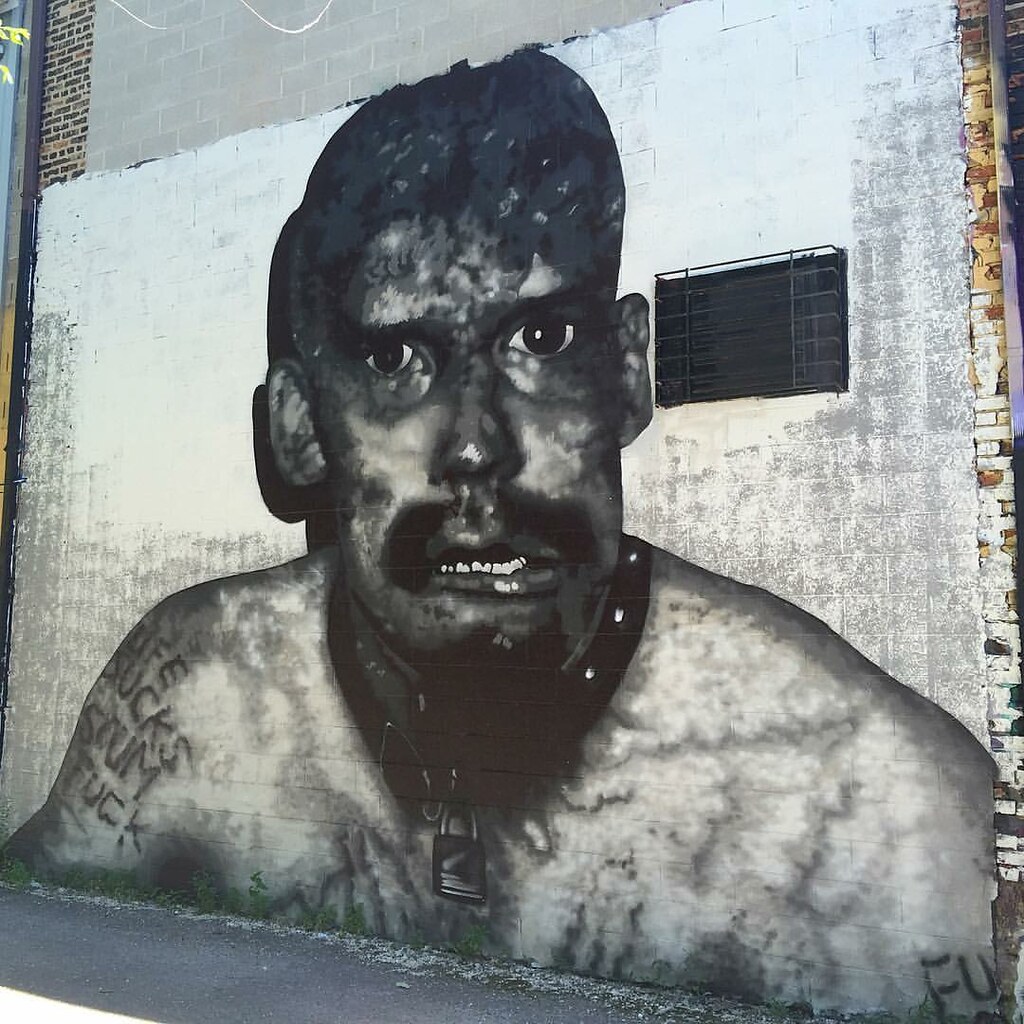
Punk zines, police records, and multiple Allin biographies verify he accumulated over sixty arrests between 1980 and his death from heroin overdose on June 28, 1993 (confirmed by the coroner’s report). His deliberate transgression of performance norms, including incidents of self-harm and audience assault, effectively barred him from conventional venues.
Unlike typical musicians who created stage personas designed to maximize commercial appeal, Allin explicitly rejected commercial viability, social norms, and basic hygiene standards. His cult status persists primarily among underground music enthusiasts fascinated by his unwavering commitment to anarchic performance philosophy rather than any particular musical innovation, raising uncomfortable questions about the nature of authenticity in rock rebellion.
13. Axl Rose (Guns N’ Roses): Unpredictable Frontman
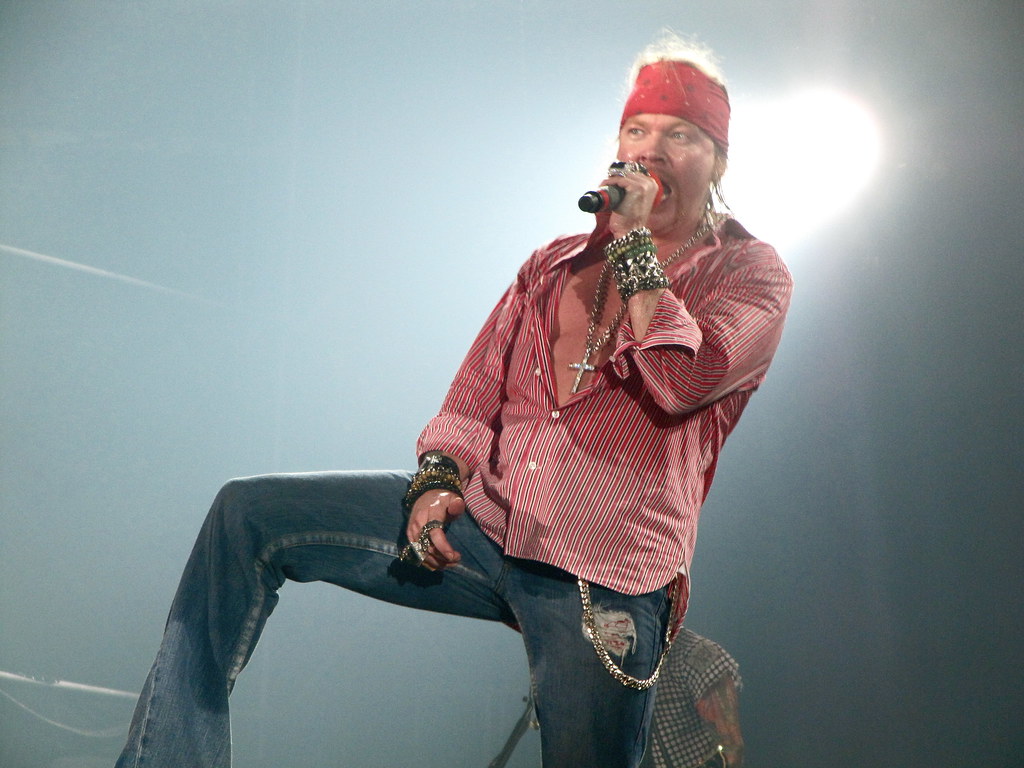
Police reports and Guns N’ Roses tour archives conclusively document the July 1991 St. Louis riot sparked when Axl Rose attacked a fan for taking photos. Medical records verify 65 people were injured in the ensuing chaos, with significant property damage to the venue.
Concert industry databases and contemporaneous reported Rose’s pattern of performance disruptions, including the 1992 Montreal incident where, following Metallica’s shortened set due to James Hetfield’s pyrotechnic injuries, Rose performed briefly before claiming vocal problems and abandoning the stage. The 2002 Vancouver cancellation is similarly well-recorded in concert records, completing a pattern of erratic behavior spanning three decades that somehow failed to diminish his drawing power among devoted fans.
Axl Rose’s unpredictable onstage outbursts are notorious, but he’s just one of several famous frontmen whose tempers have erupted in front of fans. See more jaw-dropping rock star meltdowns that shook audiences and made headlines.
12. Keith Moon: Moon the Loon
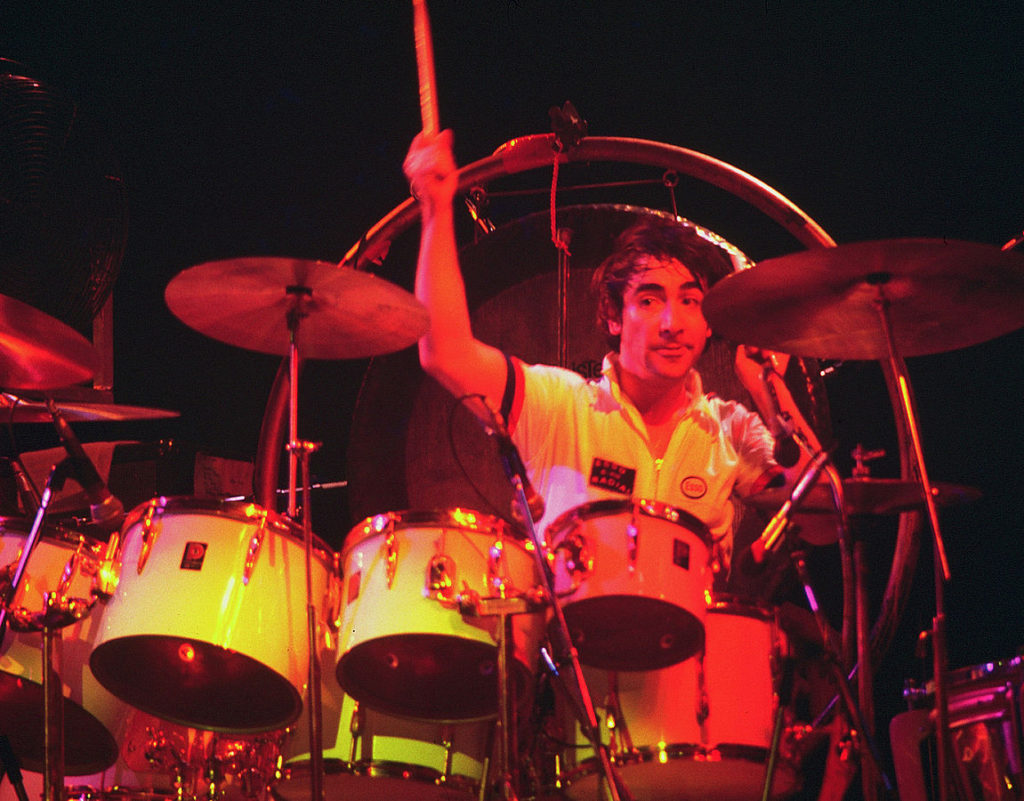
According to music industry lore, hotel accountants supposedly developed special spreadsheet categories for Keith Moon’s damages during The Who’s 1970s tours. While exact figures remain anecdotal, Moon’s room destruction reportedly ran just shy of what the entire rest of the band cost combined. His percussive talents weren’t limited to drums – many biographies describe how he attacked hotel rooms with similar manic energy.
What is chronicled is that Moon accidentally killed his bodyguard Neil Boland in August 1970 while driving intoxicated. His self-destructive patterns, including the well-attested habit of detonating cherry bombs in toilets, continued unabated. When Moon died at 32 in 1978, the drumming world lost a talent whose innovative beats were overshadowed by his chaotic personal life.
11. Mariah Carey: High Notes, High Demands
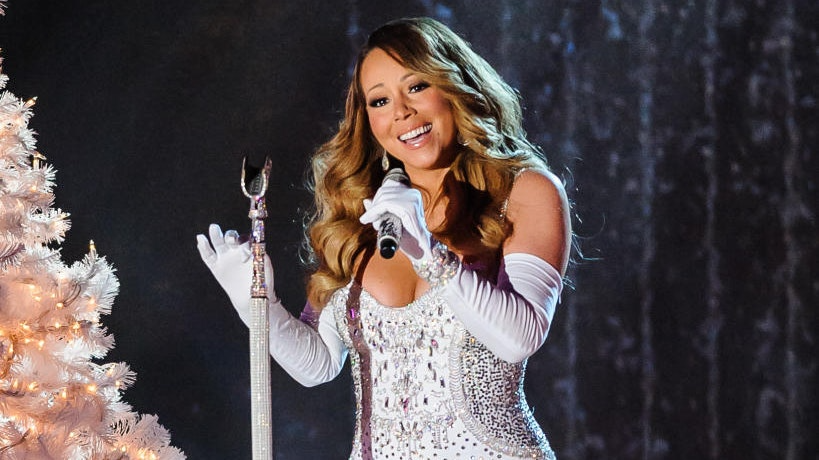
Mariah Carey’s exacting tour requirements have been well known in entertainment circles. According to rider details published in Vanity Fair (2016) and Billboard interviews, the vocal powerhouse’s demands included extensive renovations to existing facilities and specific requests for amenities including white doves, kittens, and specialized tea service.
Behind what appears as textbook diva behavior lurks a perfectionist whose attention to detail extends from bathroom fixtures to her legendary vocal runs. Industry reporting consistently notes that unlike many demanding stars, Carey delivers her extravagant requests with genuine appreciation. Her requirements might strain venue budgets, but longtime industry observers note her voice and performance quality justify the extraordinary accommodations in ways few performers can match.
10. Beastie Boys: From Hooligans to Icons
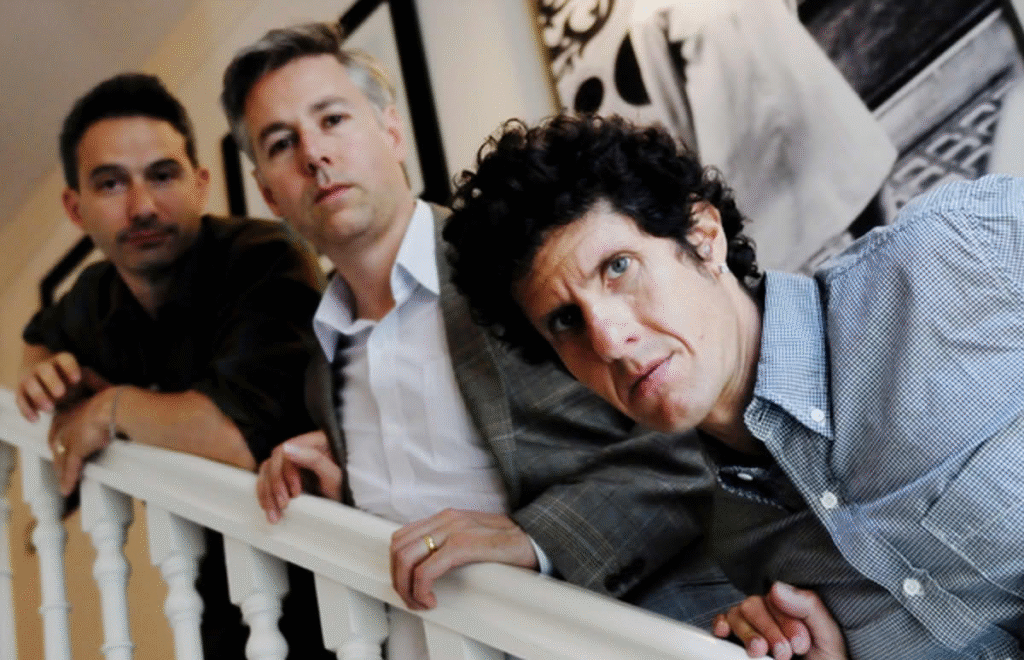
UK press archives thoroughly document the 1987 Liverpool incident where a Beastie Boys performance descended into rioting, resulting in Adam “Ad-Rock” Horovitz’s arrest. This and similar incidents contributed to growing tension with their label, as showcased in music industry histories and authorized band biographies.
Many accounts confirm that following their departure from Def Jam Records, the group relocated to Los Angeles and partnered with the Dust Brothers production team, culminating in their artistic reinvention with 1989’s critically acclaimed “Paul’s Boutique.” This transformation from provocateurs to respected innovators represents one of music’s most remarkable career evolutions, demonstrating how artists can transcend their initial reputations through creative growth.
9. Aerosmith: Demolition Crew
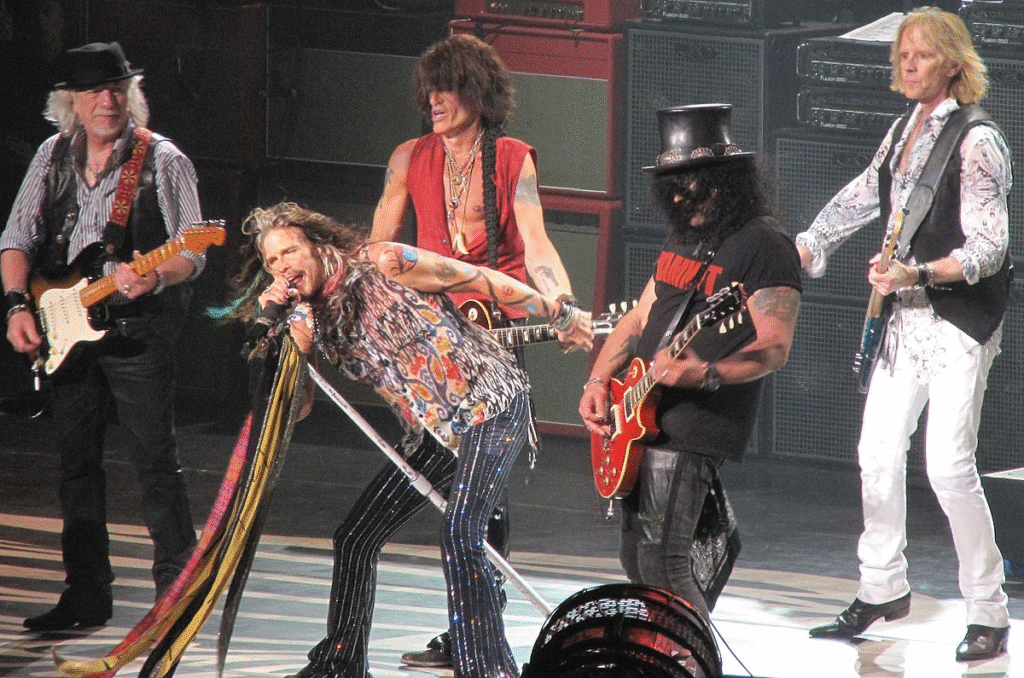
While other rock bands destroyed hotel rooms in chaotic, drunken rampages, Aerosmith brought methodical planning to their destruction. According to “Walk This Way” and other band biographies, the group traveled with specialized demolition equipment for systematic room destruction during their 1970s tours, though exact details of their toolkit vary between accounts.
Sources reference a June 1976 incident at Omaha’s Knight’s Inn where the band followed a precise destruction protocol, though specific details have likely been embellished through repeated retellings. Industry publications cite label memos indicating Columbia Records eventually refused to continue covering damage bills, making the band personally responsible for their increasingly expensive destructive habits as their behavioral reputation spread through the hotel industry.
For more jaw-dropping tales, explore the wildest parties in rock history—where hotel destruction was just the beginning.
8. Grace Slick: Maverick of Music
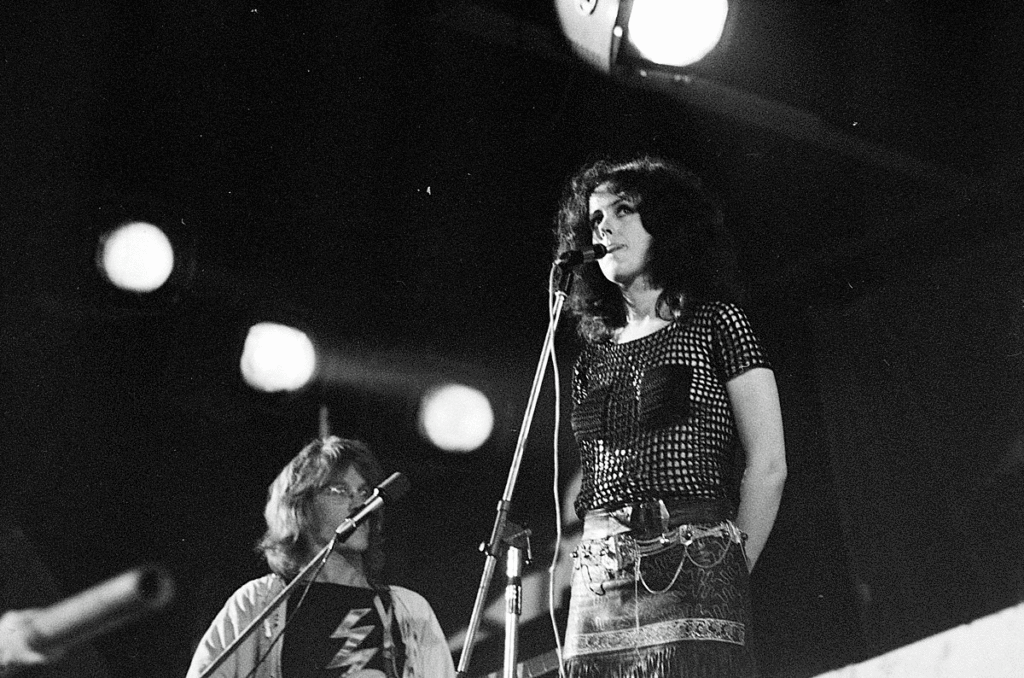
Jefferson Airplane’s revolutionary sound found its perfect voice in Grace Slick, whose counterculture credentials extended far beyond singing about psychedelic adventures. While specific dates remain unclear in historical accounts, numerous Jefferson Airplane histories reference a European tour incident where Slick’s onstage Nazi salutes and war-related taunts crossed from provocative into career-damaging territory.
Though exact details vary between sources, most band histories agree that her provocative political gestures during performances, combined with escalating alcohol consumption, created serious professional consequences. While the precise timeline remains disputed, the outline of events appears consistent across several accounts. The incident illustrates the different standards applied to female versus male rock stars of the era, with men’s similar behaviors often celebrated rather than penalized.
7. Led Zeppelin: Chaos on Tour
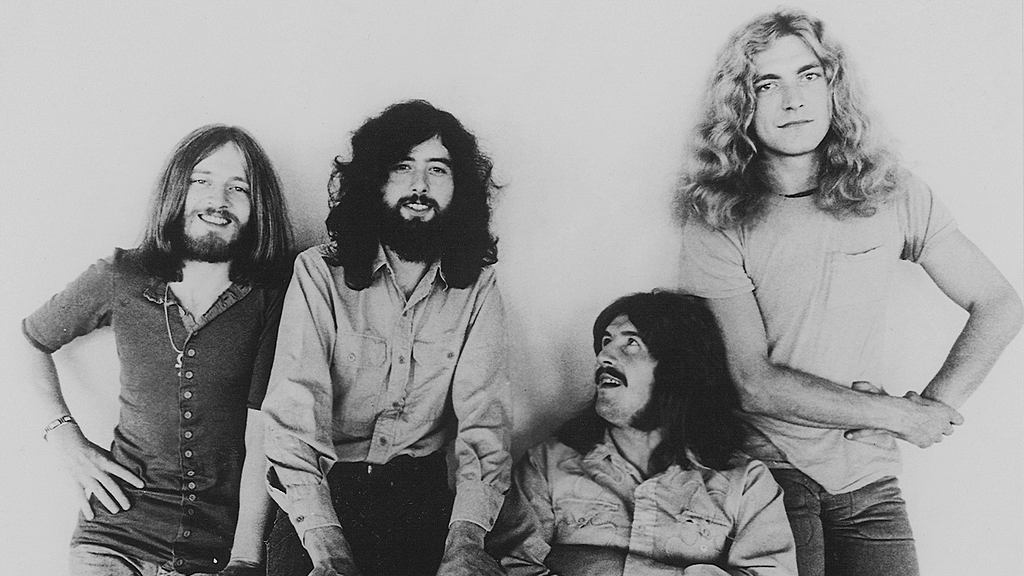
Led Zeppelin’s touring destruction between 1968 and 1980 has been extensively documented in band biographies, most notably “Hammer of the Gods.” While exact damage totals remain difficult to verify, sources cite approximately $200,000 in property damages throughout their touring career (equivalent to over $1 million today depending on the inflation index used).
Band biographies consistently recount John Bonham’s motorcycle rides through hotel corridors and Jimmy Page being transported on luggage carts in various states of undress. Despite becoming notorious among hotel chains worldwide, contemporary accounts verify that venues competed aggressively for Zeppelin bookings due to guaranteed sellouts, demonstrating how commercial success often outweighed concerns about property damage in booking decisions.
6. Justin Bieber: Redemption Arc

Despite widespread internet claims, no official documentation exists showing Justin Bieber was formally blacklisted by China in 2014 over supposed demands to be carried up the Great Wall. While his behavior during tours did generate controversy, this specific claim remains unsubstantiated by primary sources or official Chinese government statements.
Then there’s the April 2013 Munich Airport incident where German customs officials seized Bieber’s capuchin monkey, Mally, for lack of proper documentation. The animal was subsequently surrendered to a local zoo when Bieber failed to provide the required paperwork. Bieber later took steps toward improving his public image through charitable work and more mature public behavior, according to various entertainment industry publications.
5. Lil Wayne: Replicating Royalty
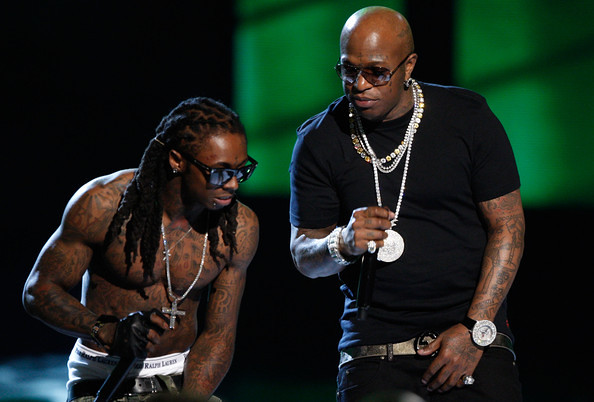
Claims about Lil Wayne’s extraordinary security and accommodation requirements remain largely unverified by primary sources. While numerous tabloids and entertainment sites have reported details about police escorts, armed security teams, and precisely enumerated hotel amenities, no official rider has been released to confirm these specific claims.
Industry observers note that while high-level hip-hop artists typically travel with enhanced security due to genuine safety concerns, many of the most elaborate claims about Lil Wayne’s requirements remain in the realm of industry rumor. The absence of authentic primary source material makes it difficult to separate actual practices from exaggerated narratives that often surround major touring acts.
4. Cardi B: Unfiltered Passion
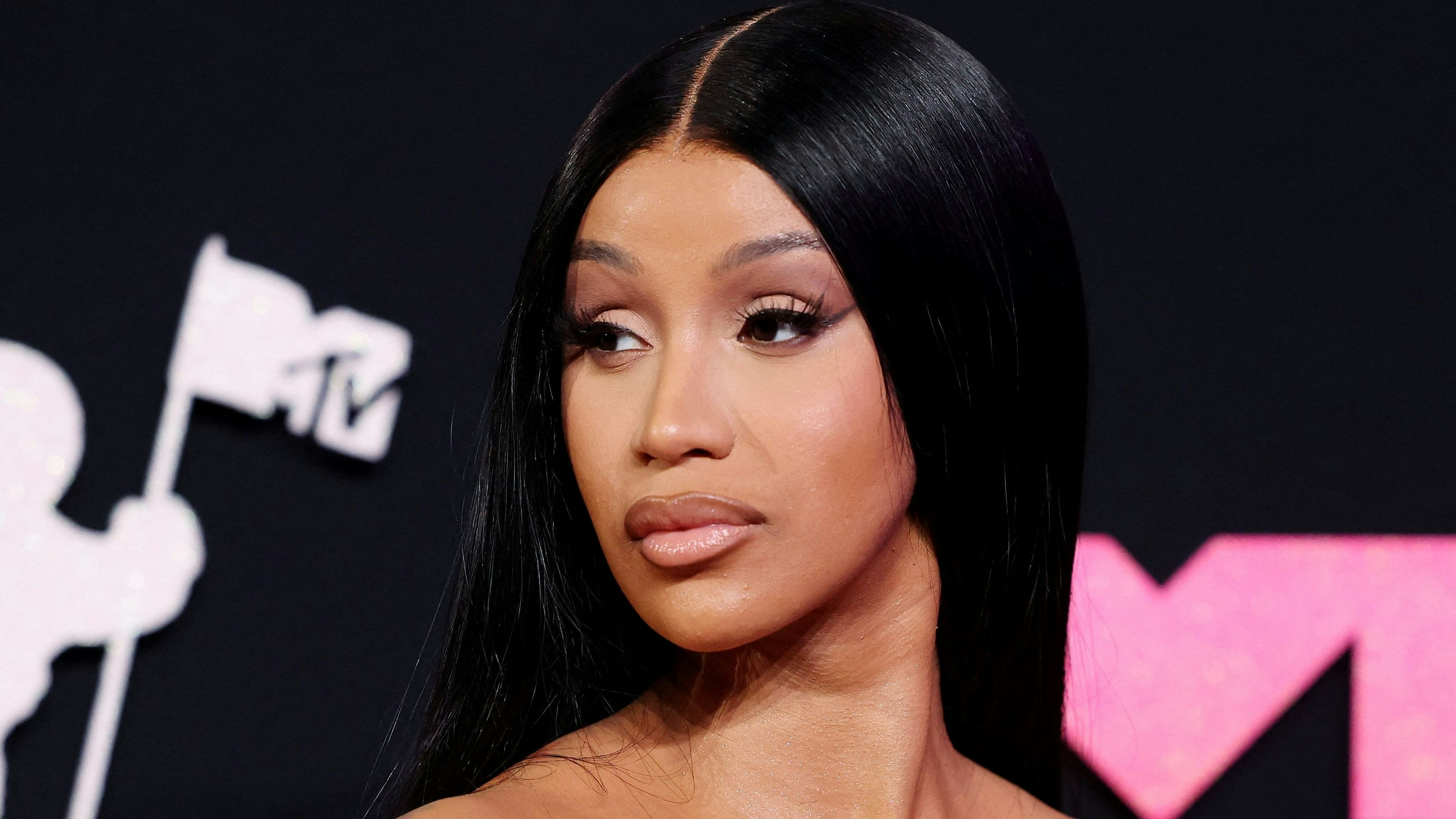
A February 2020 altercation at Miami’s Fontainebleau following a performance by Cardi B was substantiated through eyewitness videos and local news coverage. A champagne bottle incident involving her husband Offset escalated into a larger confrontation requiring security intervention.
Court filings and New York Post reporting revealed that Cardi B faced 14 charges related to a 2018 Queens strip club incident where she allegedly directed associates to attack two bartenders. Security footage captured her throwing an ice bucket during the altercation. She eventually pleaded guilty to two misdemeanor charges, according to court records. Despite these legal issues, her popularity with fans remained largely unaffected, with subsequent tours continuing to sell out major venues.
3. Ozzy Osbourne: Debunking the Myths

The infamous ant-snorting incident involving Ozzy Osbourne was first reported in Tampa in April 1981, not 1984 as often claimed. While the basic incident is well-attested in multiple accounts from those present, the exact date and location have been disputed in various retellings over the years.
What is unquestionably verified is Osbourne’s July 31, 1989 arrest by Texas Rangers for urinating on the Alamo Cenotaph while wearing women’s clothing. He received a decade-long ban from San Antonio. Following the incident, Osbourne later made a $10,000 donation to the Daughters of the Republic of Texas and issued a public apology, demonstrating a level of accountability not always associated with his wild persona.
2. Madonna: Technical Touring

Madonna’s elaborate touring apparatus has been extensively covered in a 2015 Vanity Fair feature and Billboard industry profiles. Her traveling entourage typically includes approximately 200 personnel, including thirty bodyguards, wellness specialists, and technical crews capable of transforming venues to meet her exacting specifications.
Her hospitality requirements include detailed specifications for vegan menu preparation, dedicated communication lines, custom fabric selections, and precise floral arrangements. For extended residencies, authentic sources describe how she ships personal furniture from her homes to create environmental consistency in hotel suites, demonstrating an attention to detail that has influenced contemporary touring practices across the industry.
1. Demi Lovato: Disney Days to Darker Days

People magazine’s July 2010 coverage revealed how Demi Lovato physically assaulted backup dancer Alex Welch during the Jonas Brothers tour, causing injuries requiring medical attention. The incident marked a public breaking point after months of escalating behind-the-scenes tension, according to multiple tour participants interviewed.
Reports from several sources, including TMZ and tour memoirs, suggest that staff members expressed concerns about Lovato’s prescription medication use to hotel management during this period, though exact details remain difficult to verify through primary sources. The stark contrast between her carefully crafted Disney image and these behavioral issues highlighted the immense pressures facing young performers navigating fame during formative developmental years.





